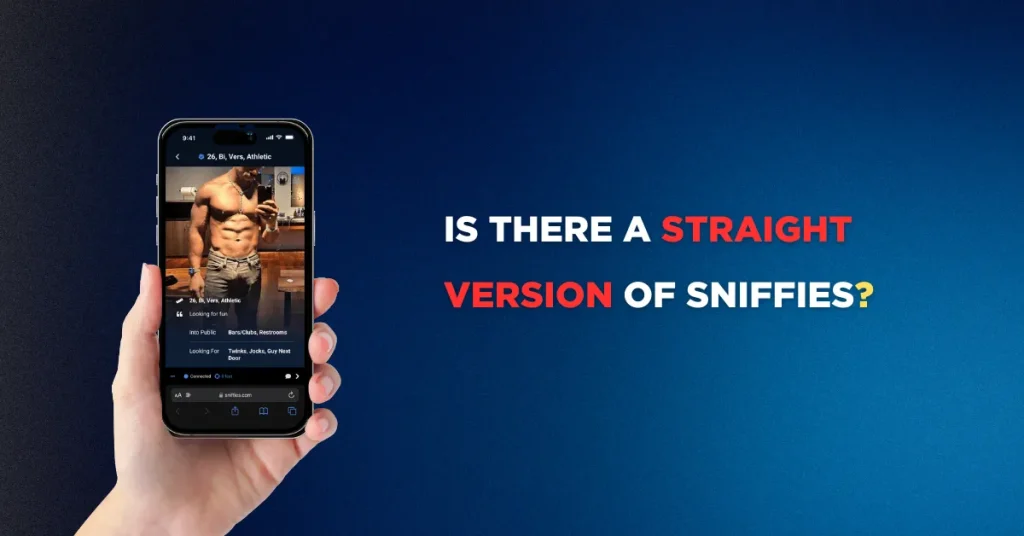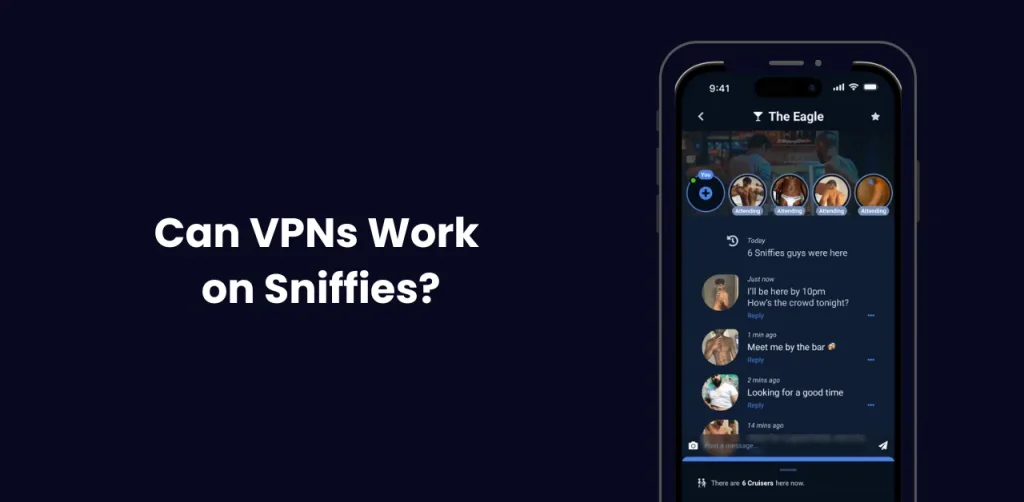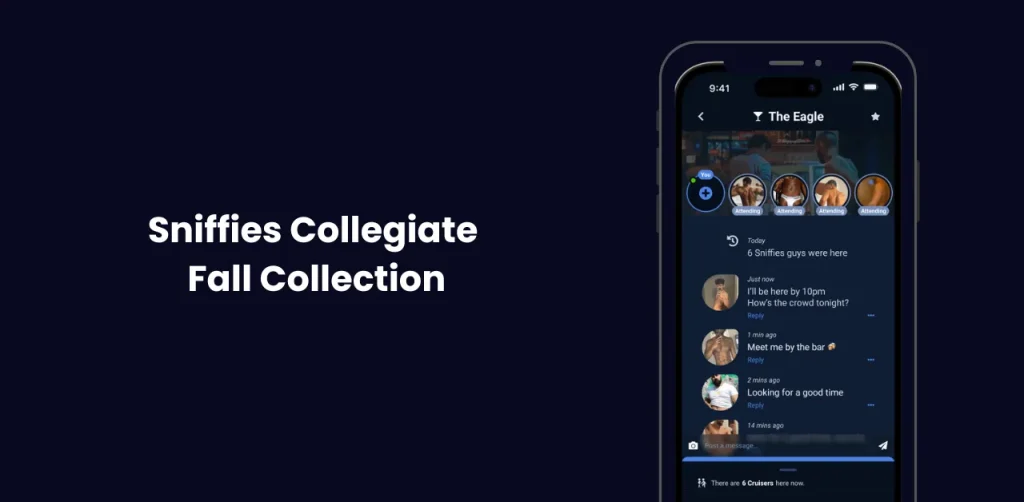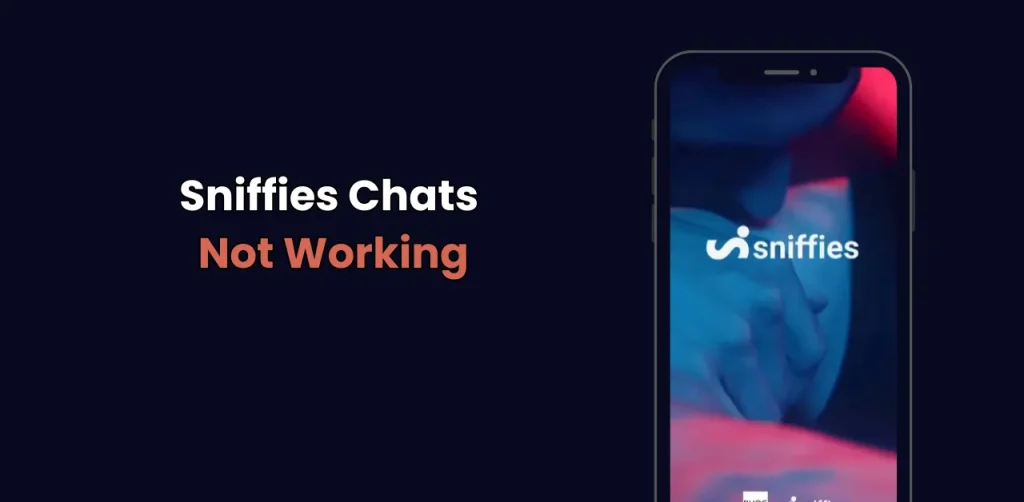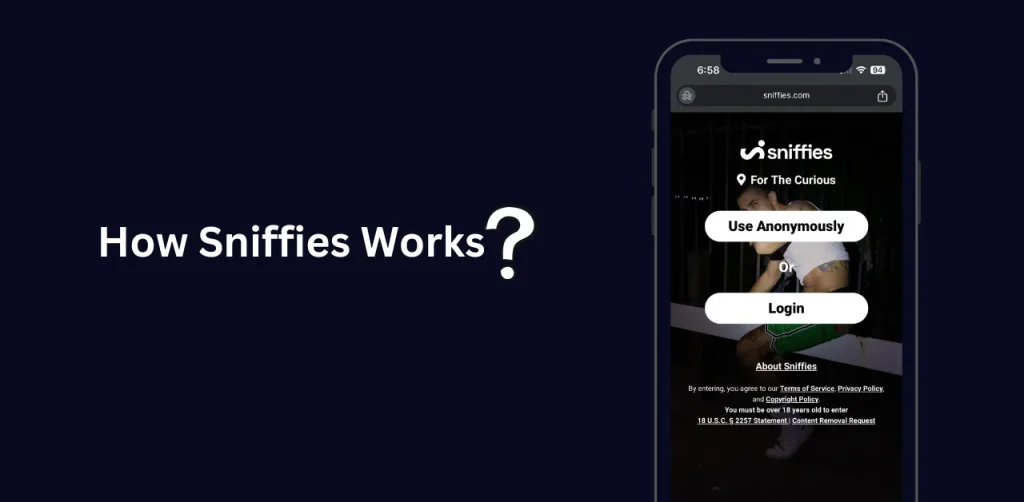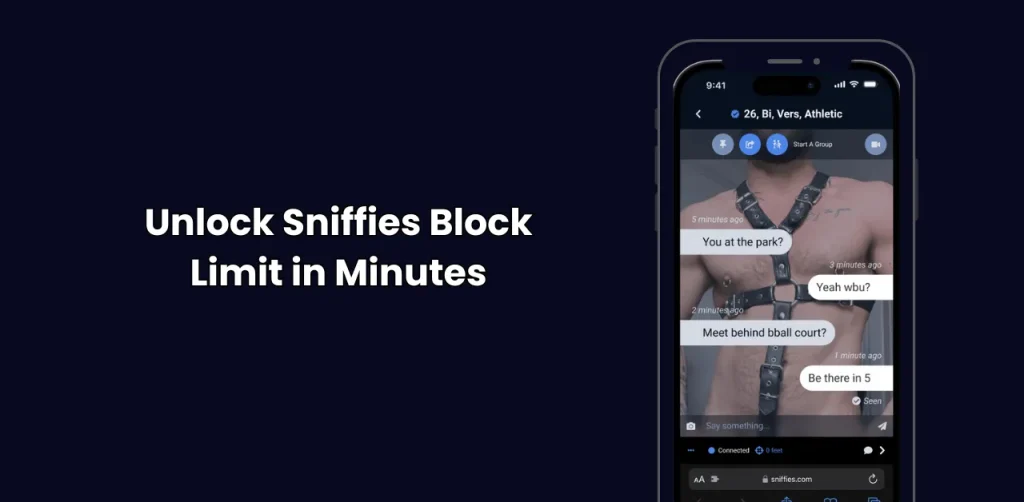Sniffies Targeted in Typosquatting Scam | Tips for Users Safty
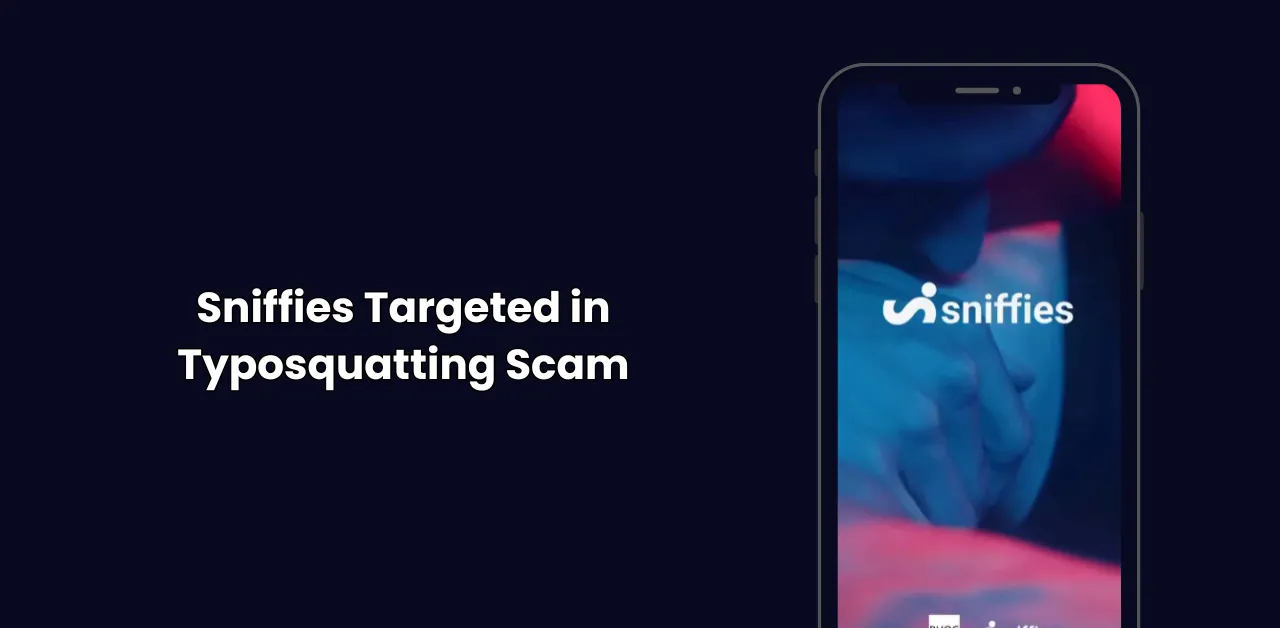
Typosquatting, a malicious practice where fraudsters register domain names resembling popular websites with minor misspellings, has increasingly targeted platforms with significant user bases. Sniffles, a prominent queer cruising site, is the latest victim of this deceptive tactic, causing concern within its vibrant community.
What is typosquatting? & why Sniffies Targeted in Typosquatting Scam
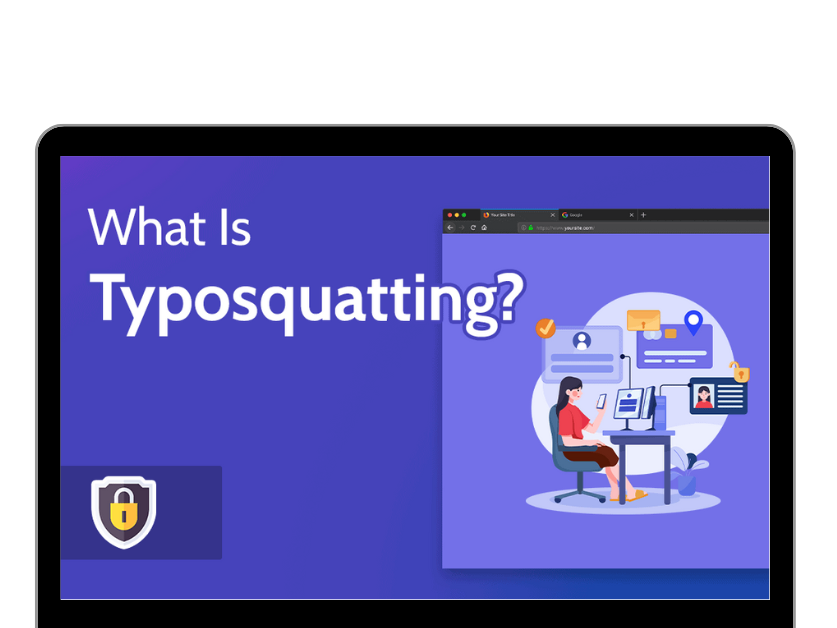
Typosquatting, also known as URL hijacking, is a cyberattack where malicious actors register domain names similar to popular websites. These sites capitalize on users’ typographical errors (like missing or extra letters in the URL) to redirect them to fraudulent platforms. These scams aim to steal personal information, distribute malware, or make users engage with deceptive ads and services.
The Sniffies Attack
About Sniffies:
Launched in 2018, Sniffies is a web-based app designed for gay, bisexual, and curious men seeking connections with nearby individuals. It has gained significant traction due to its easy-to-use interface and real-time map-based cruising feature.
The Scam:
Recently, cybercriminals registered over 50 domains resembling Sniffies, such as “sniiffies.com” (with an extra ‘i’), to deceive users. These fraudulent sites tricked visitors into engaging with fake offers and malicious downloads.
How the Scam Unfolded
The typosquatting scam affecting Sniffies involves fraudsters registering domains similar to the official Sniffies website. These fake domains are designed to:
Impact on the Sniffies Community

The consequences of this scam extend beyond financial losses. Key concerns include
Tips for Users to Stay Safe
To safeguard against typosquatting scams, users should take the following precautions:
Steps Taken by Sniffies to Address the Issue
In response to the typosquatting incident, Sniffies has implemented several measures:
Legitimate vs. Fraudulent sniffing Sites
| Feature | Official Sniffies Site | Typosquatting Scam Sites |
|---|---|---|
| URL | Exact and verified domain name | Slight misspellings or alterations |
| Security Protocols | HTTPS encryption | Often lacks HTTPS |
| User Experience | Seamless and intuitive | Poor functionality or pop-up ads |
| Content | Verified and safe | Potentially harmful or misleading |
Why This Matters to the LGBTQ+ Community
Platforms like Sniffies are crucial for fostering connections and creating safe spaces for the LGBTQ+ community. Cyberattacks such as typosquatting not only threaten users’ security but also jeopardize these essential safe spaces.
How to Report a Scam Site

If you suspect a fraudulent Sniffies website, take the following steps:
Impacts of the Typosquatting Scam
- Loss of Trust: Many users were misled and potentially exposed to financial fraud or malware infections.
- Data Risks: The use of malicious Chrome extensions may have compromised user data.
- Financial Exploitation: Fake subscription services deceived users into paying for non-existent offers.
How to Avoid Typosquatting Scams
To protect yourself from similar attacks, follow these guidelines:
Sniffies’ Response
Sniffies acknowledged the attack and issued a statement urging users to stay vigilant. They are working on measures to combat such scams, including educating their user base and monitoring for new fraudulent domains.
What is typosquatting?
Typosquatting involves creating fake domains that mimic popular websites to mislead users who mistype URLs.
How was Sniffies targeted?
Over 50 fake domains resembling Sniffies redirect users to scams like fake subscriptions and malicious downloads.
How can I avoid fake Sniffies sites?
Always use the correct URL: www.sniffies.com, and double-check web addresses.
What if I visited a fake Sniffies site?
Report the website, check accounts for illegal activity, and run an antivirus scan.
Is it safe to use Sniffies now?
Yes, as long as you access the official website and avoid suspicious links.
Conclusion
The typosquatting scam targeting Sniffies underscores the importance of vigilance in the digital age. By staying informed and adopting proactive security measures, users can protect themselves and preserve the integrity of platforms that support and celebrate the LGBTQ+ community. Sniffies’ swift response highlights its commitment to user safety and sets a precedent for addressing cyber threats effectively.

